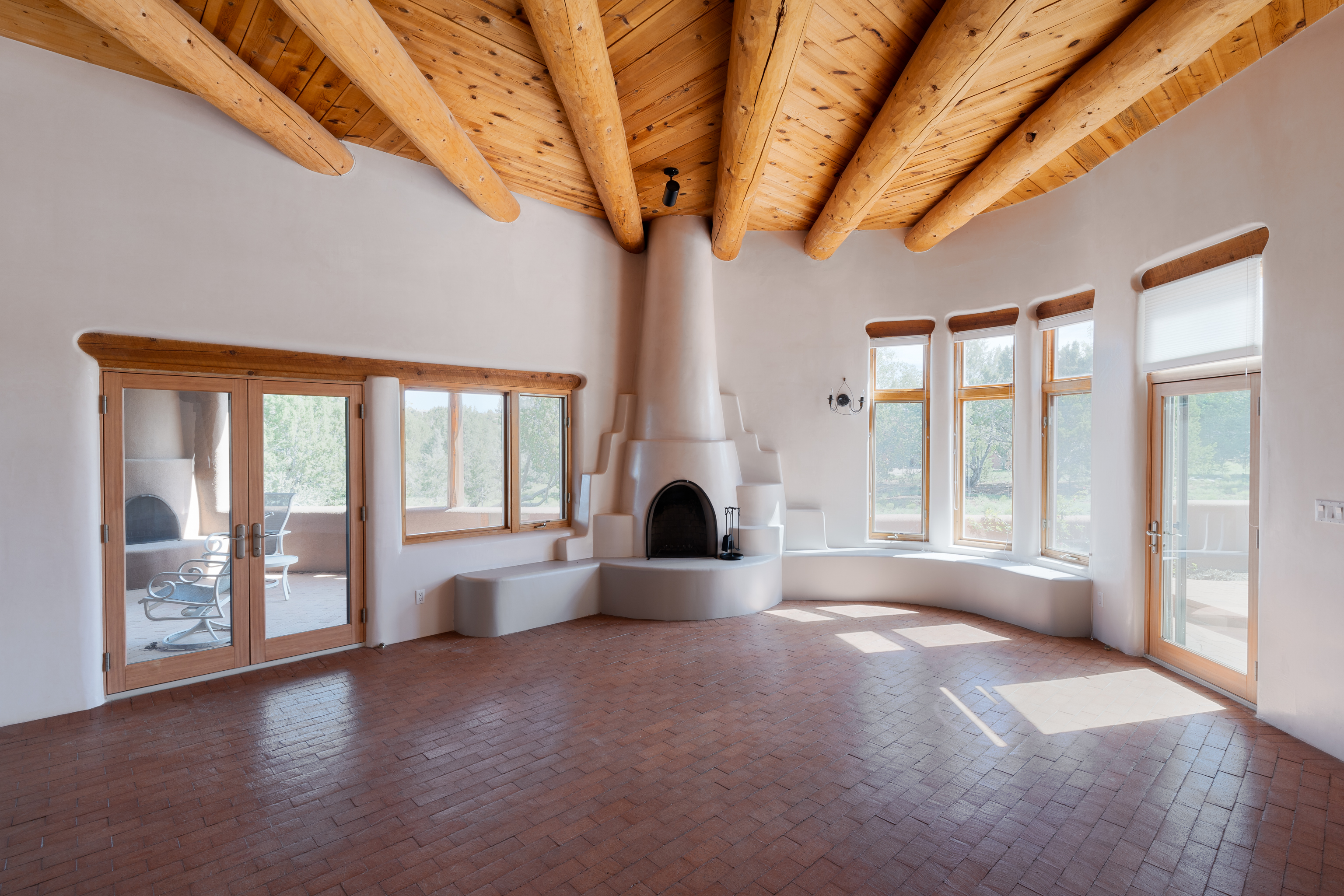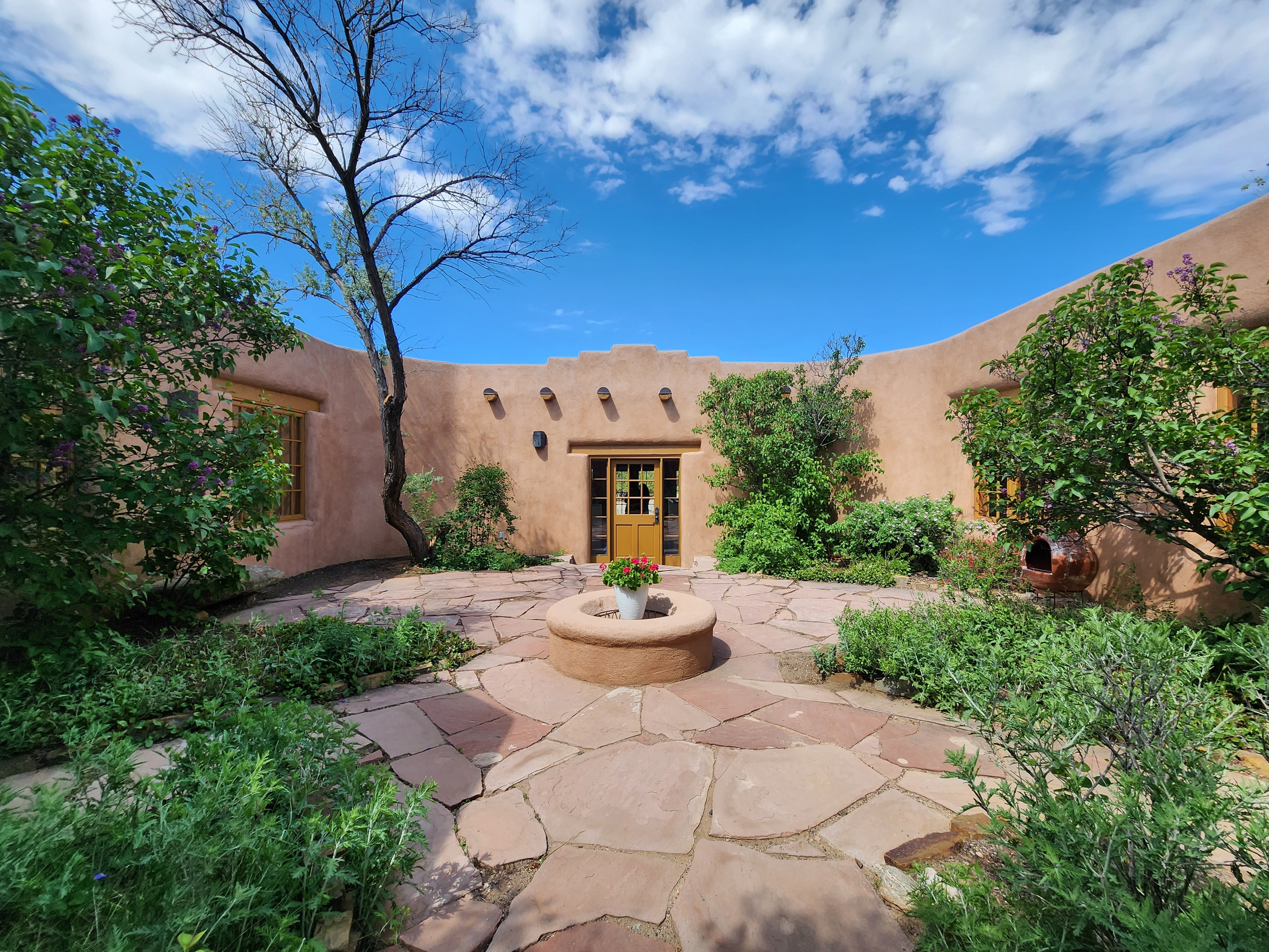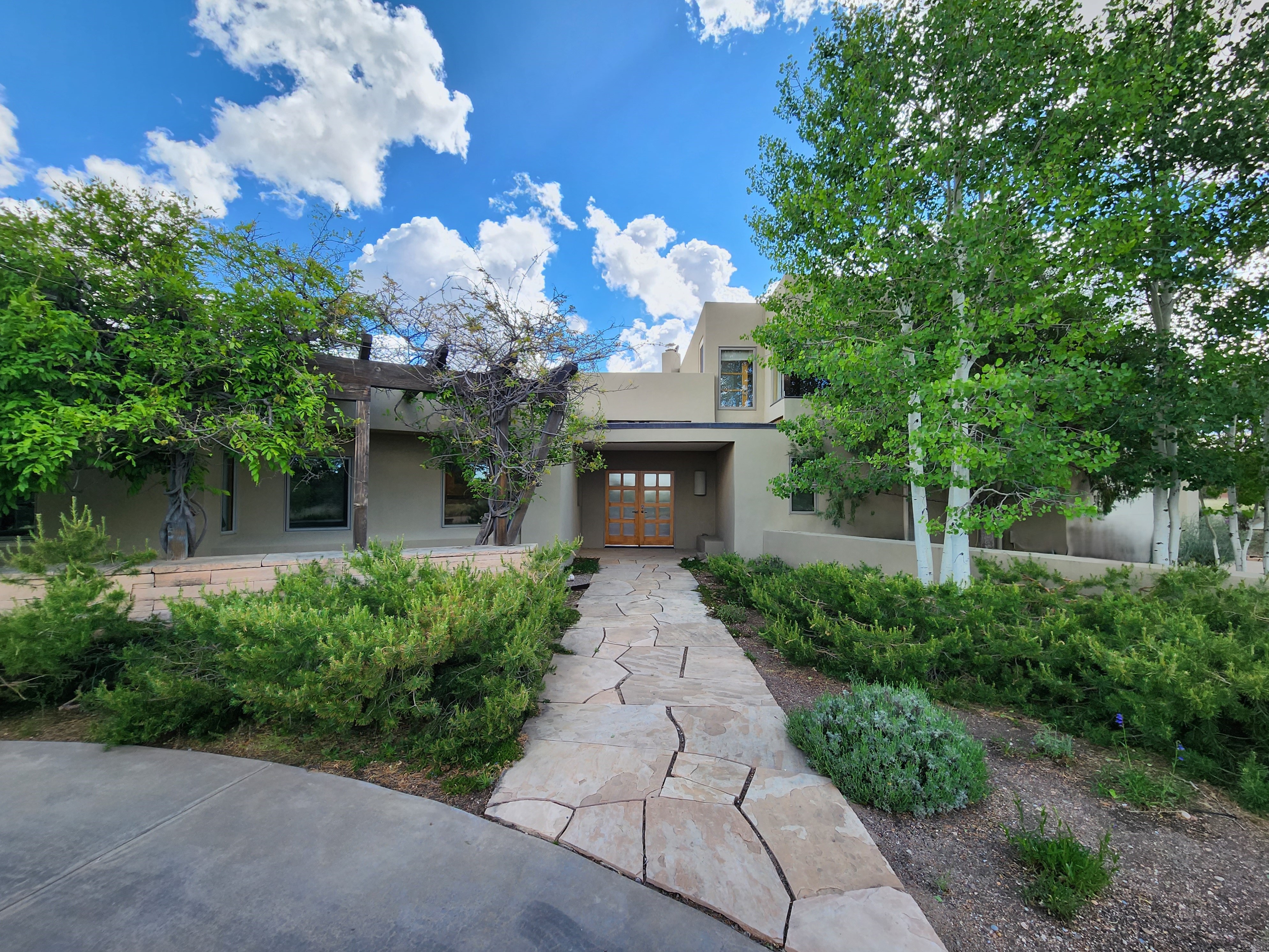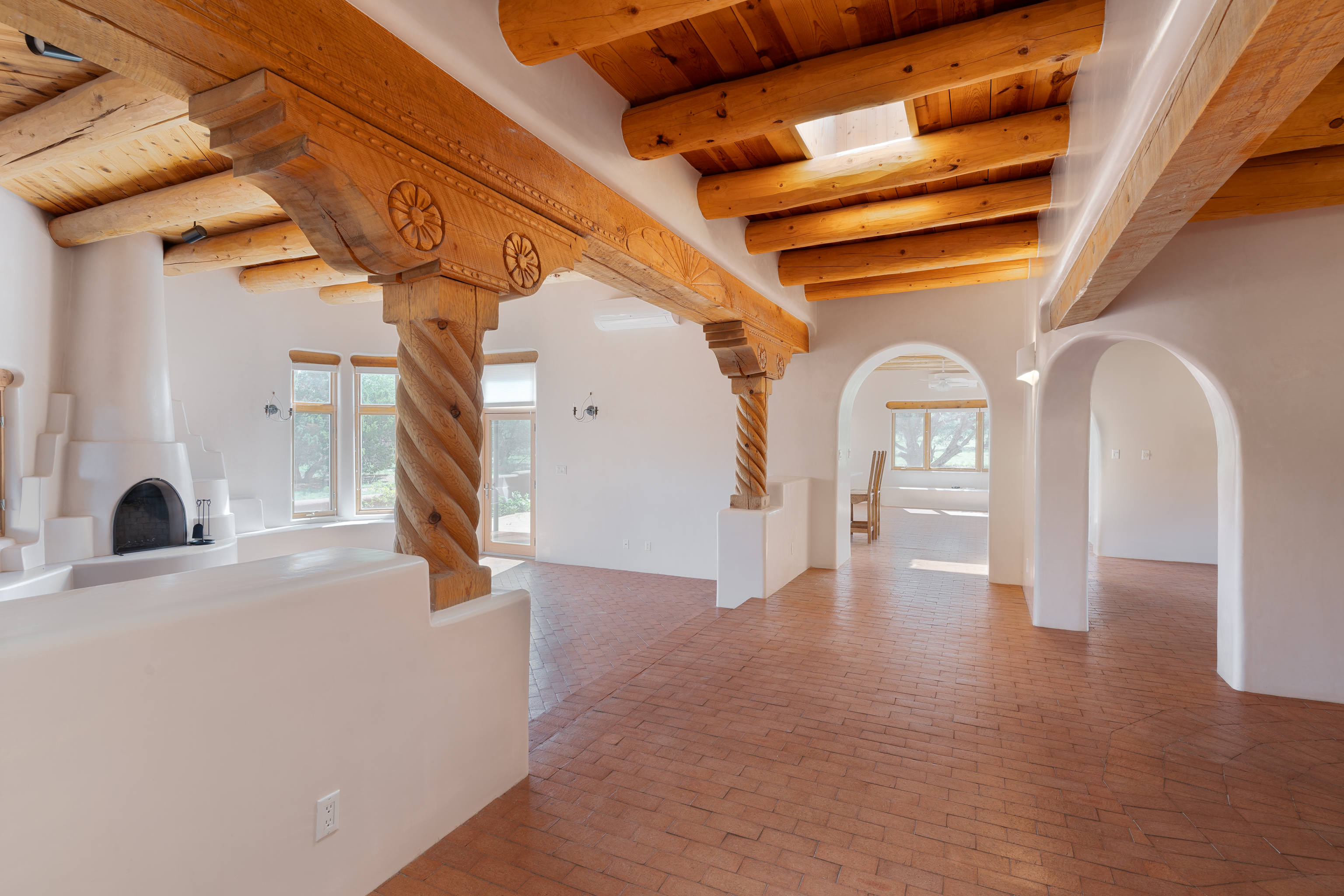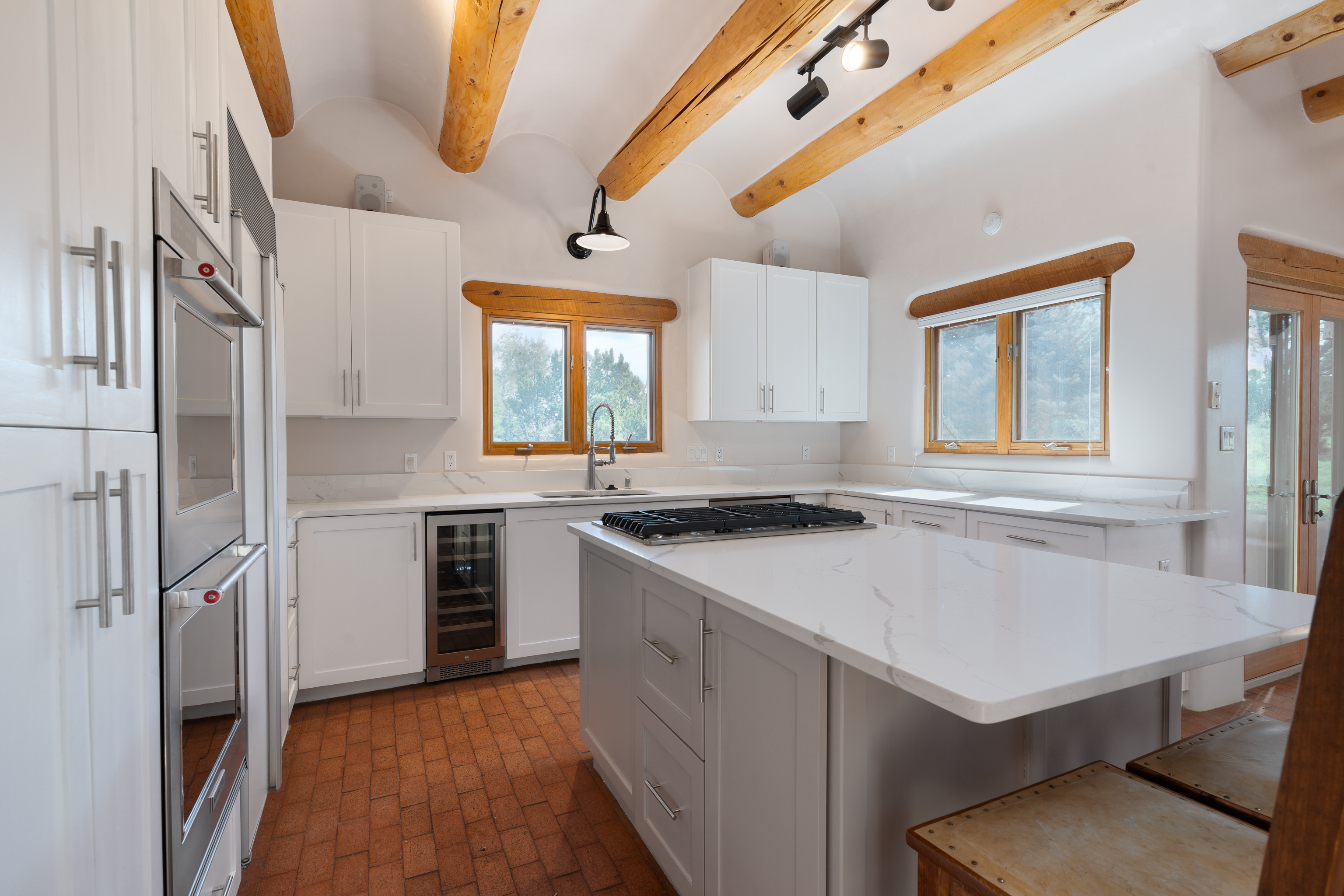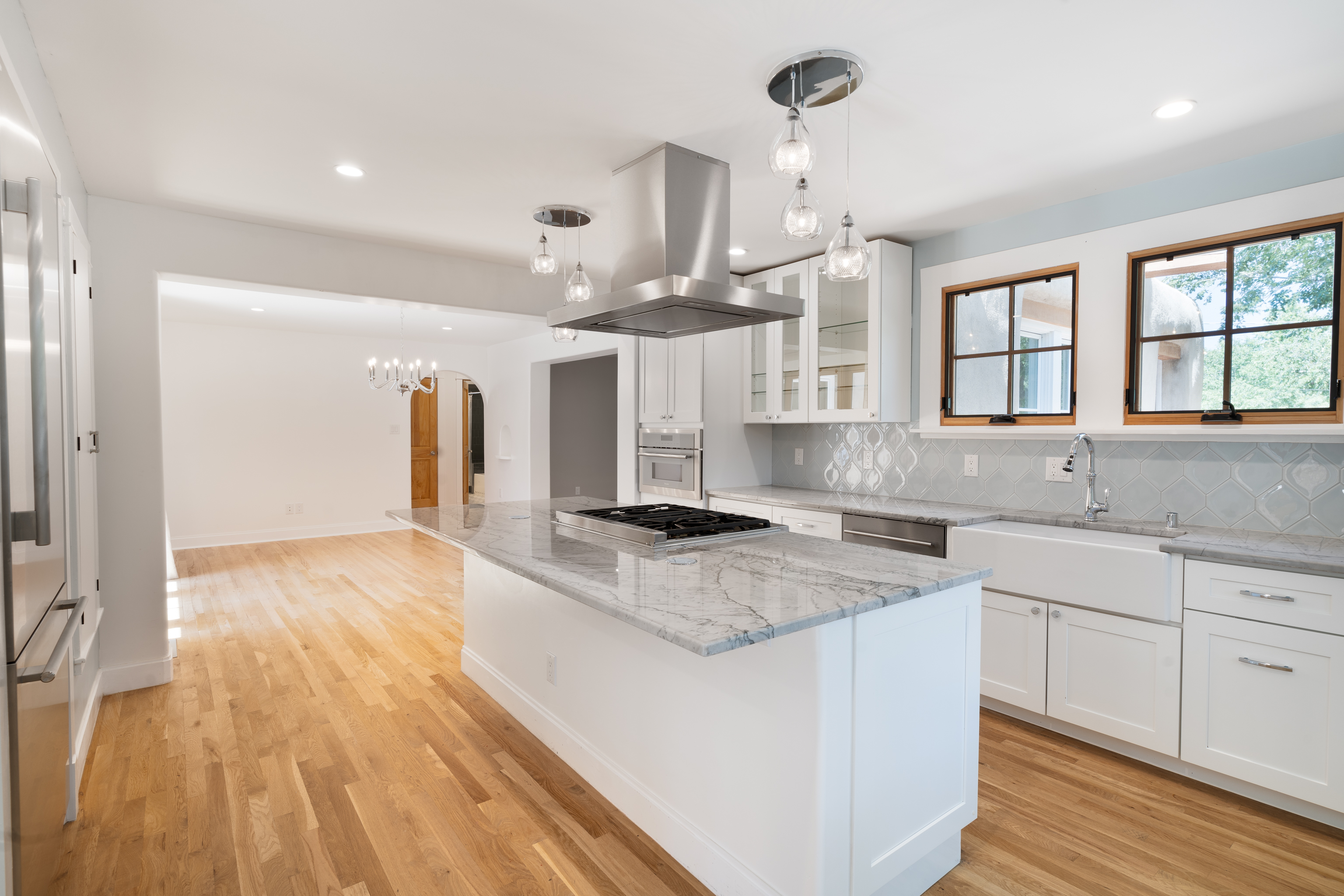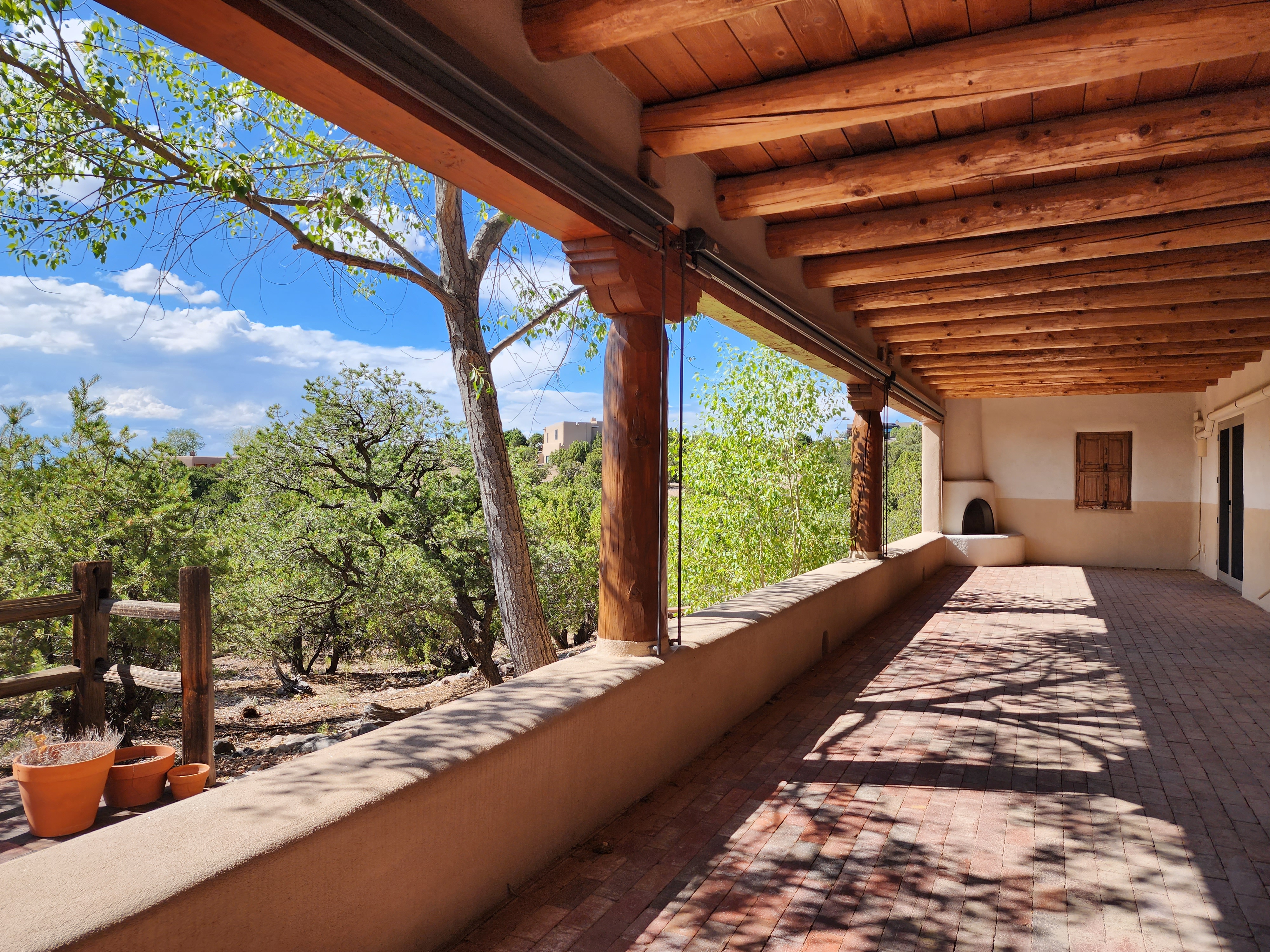With cold weather just around the corner, now’s the time to winterize your property. Taking the proper precautionary steps for the cold weather can save you money, help to maintain your real estate investment amenities, and reduce the risk of needing emergency home repairs. Below are some ways you can prepare your investment property for winter.
1. Weatherproof your doors and windows. To eliminate cold air flow into your house, caulk around your windows and use foam outlet protectors. Another way to reduce air from flowing through your windows is to change out your summer curtains with thermal curtains or drapes. The majority of heat loss comes from the attic so it is important to make sure there is enough insulation in and around any openings from the attic into the house.
2. Get roof-ready. Rain, snow, ice, and wind can make it hard for your home to withstand the winter elements. Get a head start on winterizing your roof before the first cold front. Make sure your roof and gutters are clear of accumulated debris. This will not only prevent potential damage but it will also allow for melted snow to drain properly. Check your roof for any deterioration or cracks that could lead to a roof leak with the harsh elements. Make sure to inspect the interior ceiling and any attic areas for water leakage stains and proper ventilation to avoid mold or mildew. Consider installing snow guards on your roof and investing in a snow roof rake.
3. Make your furnace more efficient. It’s important to replace your filter at least every three months to make sure that your furnace is efficiently functioning. A filter trapped with lint, pollen, dust and dirty air particles obstruct the airflow of your furnace and require that your furnace runs longer to heat your home.
4. Conduct an energy saving assessment and preventative maintenance evaluation. Save on your energy bill by conducting an energy saving assessment. Call your local power company and ask for a free energy savings assessment where they will identify changes you can make to your home to become more energy efficient which in turn helps you save on your energy bill. It is also important to conduct a preventative maintenance evaluation before the winter months as harsh winter elements can cause costly damage that is avoidable with the right precautions in place. Call LM Construction and Mechanical for a free preventative maintenance evaluation in Santa Fe or Taos, New Mexico. In addition to scheduling routine assessments and evaluations, two easy suggestions are to replace light bulbs with LED light bulbs and to utilize a water heater blanket.
5. Protect your pipes. It is important to protect your pipes for times when temperatures drop below freezing, specifically pipes that run through exterior walls and hose spigots outside the home. When water freezes, it expands within the pipes often causing blocks in the pipe which can lead to a rupture within the pipe. If ice causes a block in the pipe, often times it will lead to build up pressure which can result in a pipe rupture. Usually the damage occurs between the freeze and the faucet. It is recommended to protect all pipes that can be at risk of causing damage during freezing temperature including uninsulated attic areas, crawlspace areas, pipes that run through exterior walls, and any pipes that have an exterior entry point such as hose spigots.
Homes in the Southwest can be particularly vulnerable to pipe ruptures, as pipes are typically not as well insulated as pipes in Northern homes. Many of the repairs and improvements you can make at your house are basic energy-conservation practices.
Long-Term Steps for Preventing Frozen Pipes
Seal all cracks and openings in the walls, attic, basement or crawlspace.
Caulk and weatherstrip around crawlspace doors and windows.
Make sure your house is properly insulated and there are no gaps in insultation, particularly where pipes are located. Pipe sleeves help to avoid gaps in pipe insulation – make sure sleeves are tight against each other and that the slits and joints are sealed with duct tape.
Install thermostat-controlled, UL listed heat cables. Make sure to use cables that are appropriate for your pipes and follow the manufacturer's instructions for installation. Often times the manufacture will recommend unplugging the cables at the end of the season.
Install storm windows over first level windows or replace old windows with energy-efficient alternatives.
Short-Term Steps for Preventing Frozen Pipes
Even if you haven’t had the chance to make the improvements listed above, there are some simple steps you can take to reduce the risk from subfreezing temperatures.
Make sure you know where your main water turn shutoff is located at so you can turn off the water quickly in an emergency.
Disconnect hoses from exterior water faucets so you can prevent freezing in the hose that could lead to rupturing the faucet.
On exterior faucets, make sure to close cut-off valves and drain faucets. If they don’t have cut-off valves, insulate them with foam faucet covers.
Close all foundation vents and fix broken basement windows.
Open cabinet doors under sinks to let warm air flow circulate through the area. Make sure to move all cleaning supplies and chemicals outside the reach of children.
Keep your thermostat set above 55 degrees if you plan on being away for days at a time during harsh winter weather.
6. Protect your plants. You’ll need to bring your plants and flowering trees inside before the first cold snap. Ideally, it is recommended that you bring your plants in before the temperature drops below 45 degrees.
Bring in the outdoors
Protect your plants
7. Maintain your outdoor equipment. Cold weather and the elements that come with it, such as snow and ice, will age your outdoor equipment and can damage it. If possible, you should store your patio furniture, grill, and garden equipment in the garage or attic. If you do not have extra storage space inside, Around The Corner Self Storage has temperature-controlled units, varying in size, in five convenient locations. If you have a grill with a propane tank, close the tank valve and disconnect the tank before storing for the winter season.
8. Check your fireplace. It is important to check your fireplace before lighting it for the first time of the season. Often times, animals will nest inside the chimney during summer season or creosote will buildup, both of which can be hazardous and give off a bad odor if not appropriately cleaned prior to use. A good chimney sweep is recommended before winter use as soot and other debris build up in the chimney over warm, summer months. You should also make sure to vacuum or sweep out any accumulated ash from the firebox.
9. Change your thermostat. Switching out your thermostat to a programmable version lets you customize your heating settings so the system doesn’t run when you don’t need it. A programable thermostat lets you customize your thermostat for when you’re at home and another for when you’re away. This type of thermostat can help you save on your energy bill and will ensure your home is the right temperature at the right time.


